A Bright Future for Pharma and Biotech in 2016
Before 2016 even officially kicked off, the life sciences industry received an early present to the tune of $32 billion. The House and Senate approved the 2016 spending bill, including a $2 billion boost in funds for the National Institutes of Health (NIH), the first budget increase to occur in more than a decade.
While this investment will certainly expand the opportunities for lifesaving biomedical research, the pharma and biotech industries will face new challenges when it comes to commercialization efforts in 2016. Fortunately, business has been good for the pharma and biotech sectors the past few years. According to the EP Vantage Pharma & Biotech 2016 Preview report, that momentum will continue into the new year, so rest easy scientific friends.
What does 2016 have in store for our industry? While we won’t take away the fun of reading the full report, here are some highlights:
-
Blockbuster drug launches. Reaching sales that put Star Wars: The Force Awakens sales to shame would put a smile on any pharma exec’s face. In 2016, a dozen of the drugs seeking FDA approval are expected to achieve blockbuster status by 2020. The biggest launch is anticipated to be Gilead Sciences’ combination antiviral for the treatment of HIV.
-
Patent expiries. All good things must come to an end and patent expirations will hit several high-selling drugs in 2016, including AstraZeneca’s Crestor.
-
U.S. biosimilars threat remains minimal, for now. There has been a lot of speculation as to how patent expirations on top sellers will impact the market. A look into the crystal ball indicates that the threat will continue to remain low. Despite the fact that biosimilar makers are on the prowl, in most cases, there are little to no immediate threats to their designer counterparts.
-
Pricing pressures. The one cloud that seeks to rain on pharma and biotech’s parade – payer activism. Mounting pressure from patients, insurers and presidential hopefuls will keep drug pricing in the spotlight during 2016. How the industry responds to these pressures in the name of innovation could have huge implications in the coming years.
